Have you ever noticed your cat lying quietly on the carpet, seemingly uninterested in your presence, yet refusing to leave the room? It’s a curious, almost mysterious behavior that cat lovers everywhere have witnessed. This silent company can feel comforting, puzzling, or even a bit comical. Why do cats choose to linger near us, sometimes for hours, without seeking attention or initiating play? Understanding the subtle signs behind this feline habit can reveal a secret world of emotion, instinct, and quiet companionship. Let’s unravel the fascinating reasons behind this cat phenomenon.
The Silent Bond: Cats and Their Quiet Love

Cats are often described as aloof, but their silence can be a powerful sign of affection. When a cat chooses to be in the same room with you, even without interaction, it’s often their unique way of saying, “I like being near you.” Unlike dogs, who might express love with licks and tail wags, cats prefer understated gestures. Their presence is a silent bond, a soft reassurance that you matter to them. This unspoken closeness is a form of trust and comfort, where words or obvious actions aren’t needed. It’s like sitting with a friend in comfortable silence—no pressure, just warmth. Many cat owners find this quiet companionship deeply touching, realizing their cat’s love is expressed through presence, not performance. The next time your cat is simply “there,” remember: this is their way of sharing space and heart.
Territorial Instincts at Play

Cats are territorial creatures by nature, and your living room may be as much their domain as yours. When your cat lingers nearby, they’re not only enjoying your company but also keeping an eye on their territory. This instinct is rooted deep in their wild ancestry, where securing a safe space was crucial to survival. Even if your home is peaceful, your cat still feels the need to oversee their environment. By staying in the same room, they can monitor changes, sounds, and scents, all while feeling secure within their territory. This behavior is part habit, part responsibility—your cat is both guardian and resident. In a way, they’re “on duty,” making sure everything is as it should be. So, when your cat quietly lounges in your presence, they’re fulfilling an ancient, comforting role.
Seeking Safety in Numbers

Even the fiercest feline has moments of vulnerability. When a cat chooses to stay in the same room as their human, it’s often because they feel safer with you nearby. This isn’t about neediness, but rather a subtle acknowledgment of the comfort your presence brings. In the wild, being in a group meant increased safety from predators. At home, your cat translates this instinct by sticking close to you, especially during thunderstorms, fireworks, or unfamiliar noises. It’s a silent partnership—your cat trusts you as a shield against the unknown. This sense of security is soothing for them, reinforcing your bond, even if they never reach out for a cuddle. If your cat lingers during unsettling events, take it as a touching sign of trust.
Observing Their Kingdom

Have you ever noticed how cats seem to notice everything, even when they look half asleep? Cats are natural observers, constantly scanning their environment for changes or interesting happenings. When they remain in the same room without interacting, they may simply be keeping an eye on their world. Your activities become part of their entertainment—typing on a laptop, watching TV, or even folding laundry offers endless fascination. Like a tiny monarch, your cat oversees their kingdom from their chosen throne. They might not need to participate, but their curiosity keeps them invested. This watchful behavior is a reminder that, for cats, being present is often more important than being involved.
Respecting Your Space While Sharing Theirs
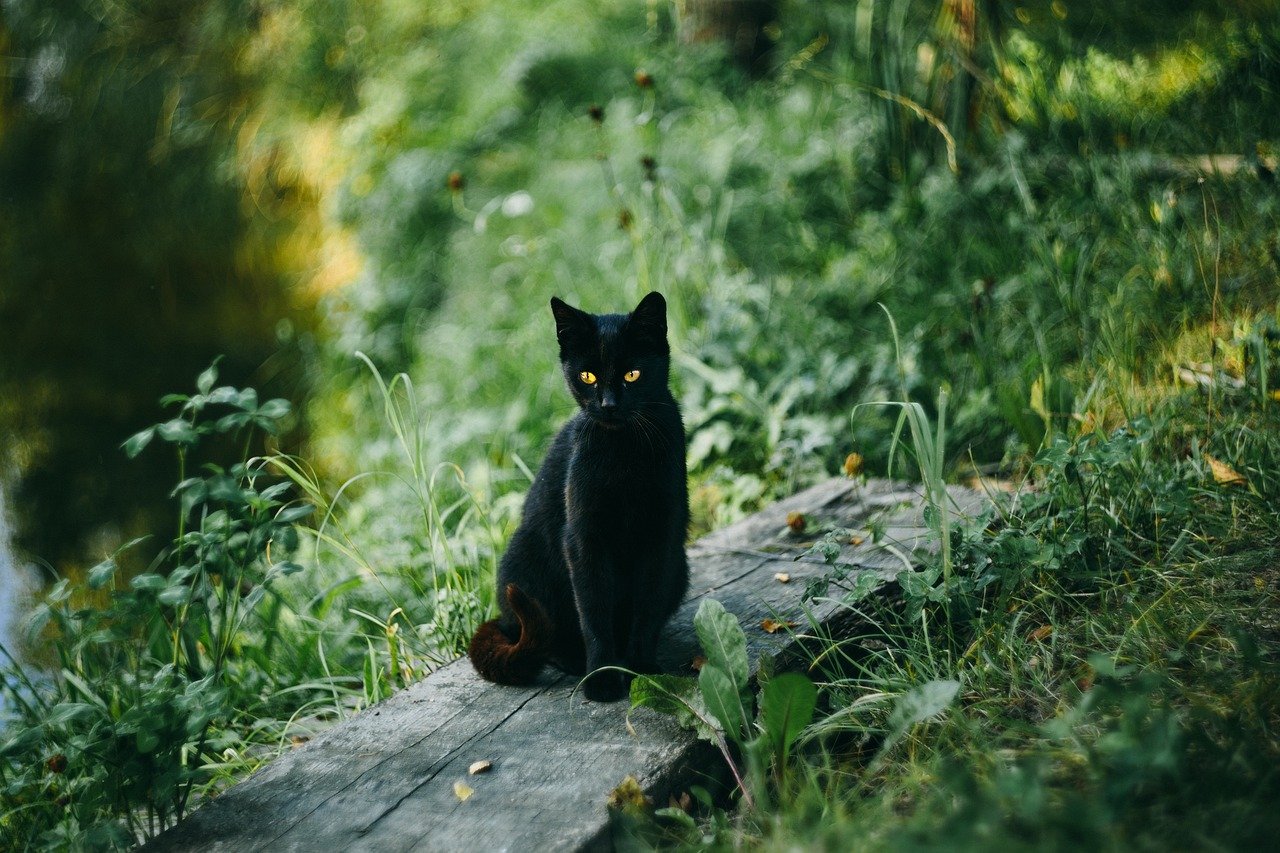
Cats are known for their respect of boundaries—both yours and their own. By sitting quietly in the same room, your cat acknowledges your space without intruding on it. It’s a delicate balance they master beautifully. They enjoy being near you, but they also understand the importance of personal time. This mutual respect builds a gentle, harmonious coexistence. Some cats may sit across the room, while others choose a favorite perch that’s “just close enough.” It’s their way of participating without overwhelming. For many people, this subtlety is what makes living with cats so rewarding—the silent understanding of space and presence.
Scent Marking and Familiarity

Cats communicate through scent far more than we realize. When a cat lingers in the same room, they’re not just watching—you might be surprised to learn they’re also scent-marking their territory. This isn’t always as obvious as rubbing against furniture; sometimes, it’s as simple as lying on a favorite spot. Their scent glands, located on their cheeks and paws, release pheromones that signal “this is mine” to themselves and other animals. By spending time in shared spaces, your cat strengthens their sense of ownership and security. Every silent moment is a quiet reminder to themselves that this place, and the people in it, belong to them.
The Comfort of Routine

Cats thrive on routine and predictability. If you always spend time reading in the living room after dinner, don’t be surprised to find your cat joining you—every single night. They find comfort in your habits, synchronizing their own routines around yours. This synchronization isn’t just convenient; it’s a sign of trust and affection. Your cat might not seek constant attention, but they want to be where the action is, even if it’s just the sound of pages turning or the rhythm of your breathing. The quiet predictability of these shared routines builds a sense of security for your cat, making your presence a cherished part of their daily life.
Enjoying the Quiet Company

For many cats, simply being near someone they trust is enough. They don’t need constant petting or playtime to feel connected. This form of companionship is about presence, not participation. Like two old friends who don’t need to fill every silence, your cat finds peace in your company. This behavior is especially common in older cats, who may be less interested in active play but still crave the comfort of togetherness. It’s a gentle, undemanding form of affection, one that many people find surprisingly moving. When your cat lingers quietly, they’re telling you that your presence alone is valuable.
Subtle Social Signals
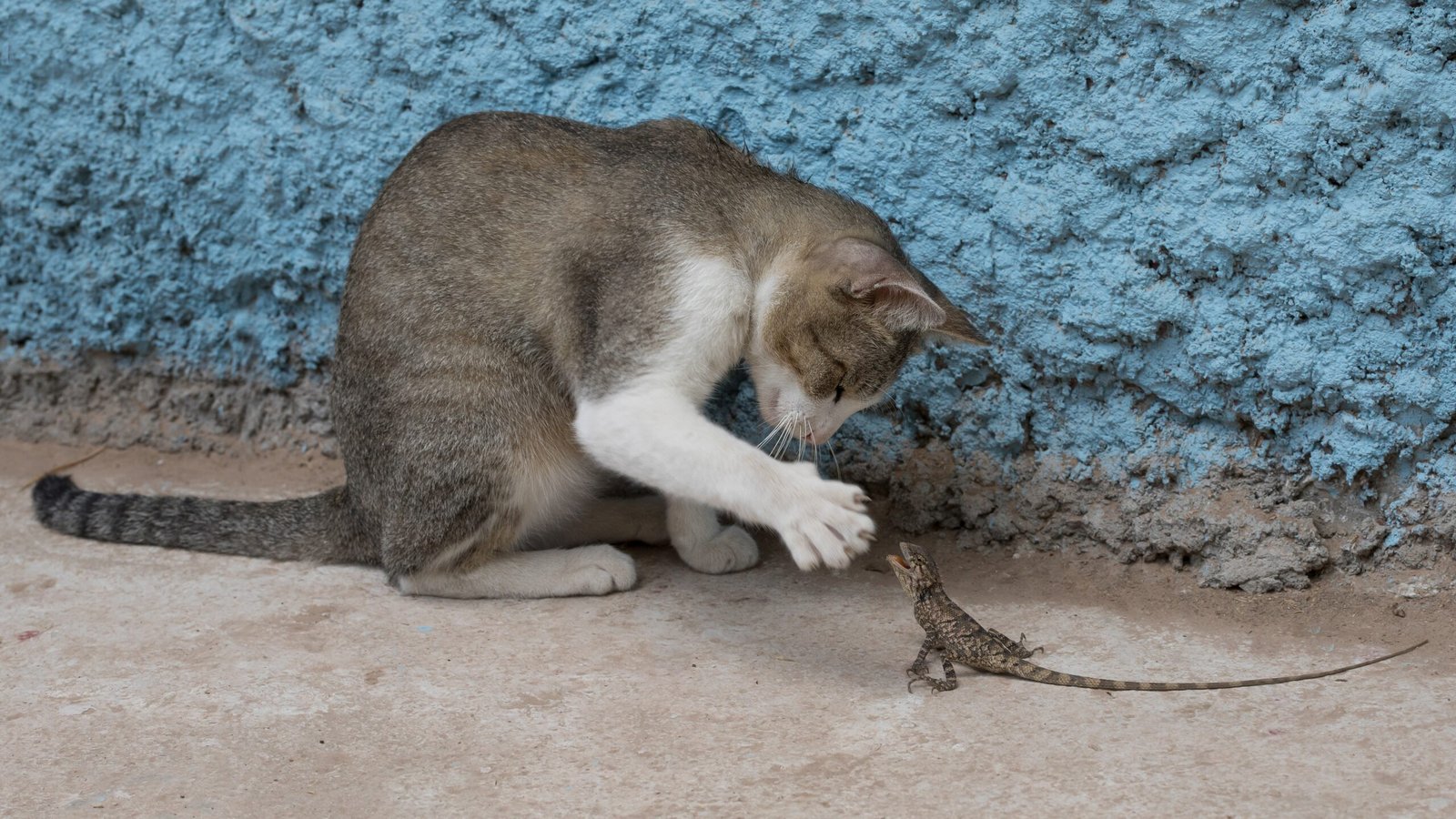
Cats are masters of subtle communication. A twitch of the tail, a slow blink, or a soft purr can carry deep meaning. When your cat stays in the same room without interacting, they may be sending low-key social signals. The simple act of sharing space is a feline way of saying, “I am here, and I see you.” If your cat occasionally glances your way or offers a brief eye contact, that’s a sign of acknowledgment and connection. Cats often communicate with those they trust through these understated gestures, creating a silent but significant social bond.
Monitoring Potential Threats

Even in the safest homes, a cat’s instinct to monitor potential threats never truly fades. Your cat might linger in a room to keep tabs on noises, people, or other animals. This vigilant behavior helps them feel in control and secure. By staying in the same space as you, they know they’re near the center of the action and can respond quickly if something changes. While this might seem overly cautious, it’s actually a sign of a healthy, alert cat. They trust you, but their instincts keep them attentive—ready to protect their home and themselves if necessary.
Temperature and Comfort Zones

Cats are notorious for seeking out the warmest, coziest spots in a home. If your room is sunny or has a soft rug, it’s likely your cat will choose to settle there—even if you’re not directly interacting. Their desire for warmth and comfort often overlaps with your presence, especially if you also favor the same cozy spaces. Sometimes, being in the same room is simply practical: the temperature is just right, and the environment feels inviting. Cats are experts at finding—and staying in—the most comfortable places, and if those happen to coincide with where you are, all the better.
Reluctance to Miss Out (FOMO: Feline Edition)

Believe it or not, cats can suffer from a version of “fear of missing out.” They might linger in the same room simply because they don’t want to miss anything interesting. If you’re moving around, making noise, or even just chatting on the phone, your cat may choose to stay close just in case something exciting happens. This curiosity keeps them alert and involved, even if they appear indifferent. They want to be in the loop, observing every development from their vantage point. This “feline FOMO” is a charming reminder that your cat, in their own way, is always engaged with you.
Energy Conservation and Relaxation

Cats are natural energy conservers. After short bursts of activity, they prefer to rest and recharge. Staying in the same room as you allows them to relax while still remaining close to potential stimulation or interaction. It’s a smart strategy: they don’t have to seek you out if they suddenly want attention, but they can also enjoy uninterrupted rest. This combination of relaxation and readiness is the hallmark of a happy, healthy housecat. By lingering nearby, they balance their need for rest with their readiness for play or affection, all on their own terms.
Individual Personality Differences

Every cat is unique, with their own quirks and preferences. Some are natural extroverts, always seeking interaction, while others are more reserved. If your cat lingers without engaging, it may simply reflect their personality. Shy or independent cats may prefer proximity over direct contact, enjoying the security of your presence from a comfortable distance. Over time, you’ll learn your cat’s individual signals and rhythms. Understanding and respecting these differences fosters a deeper, more meaningful relationship. Your cat’s lingering is just one facet of their fascinating personality.
Adjusting to New Environments or Changes
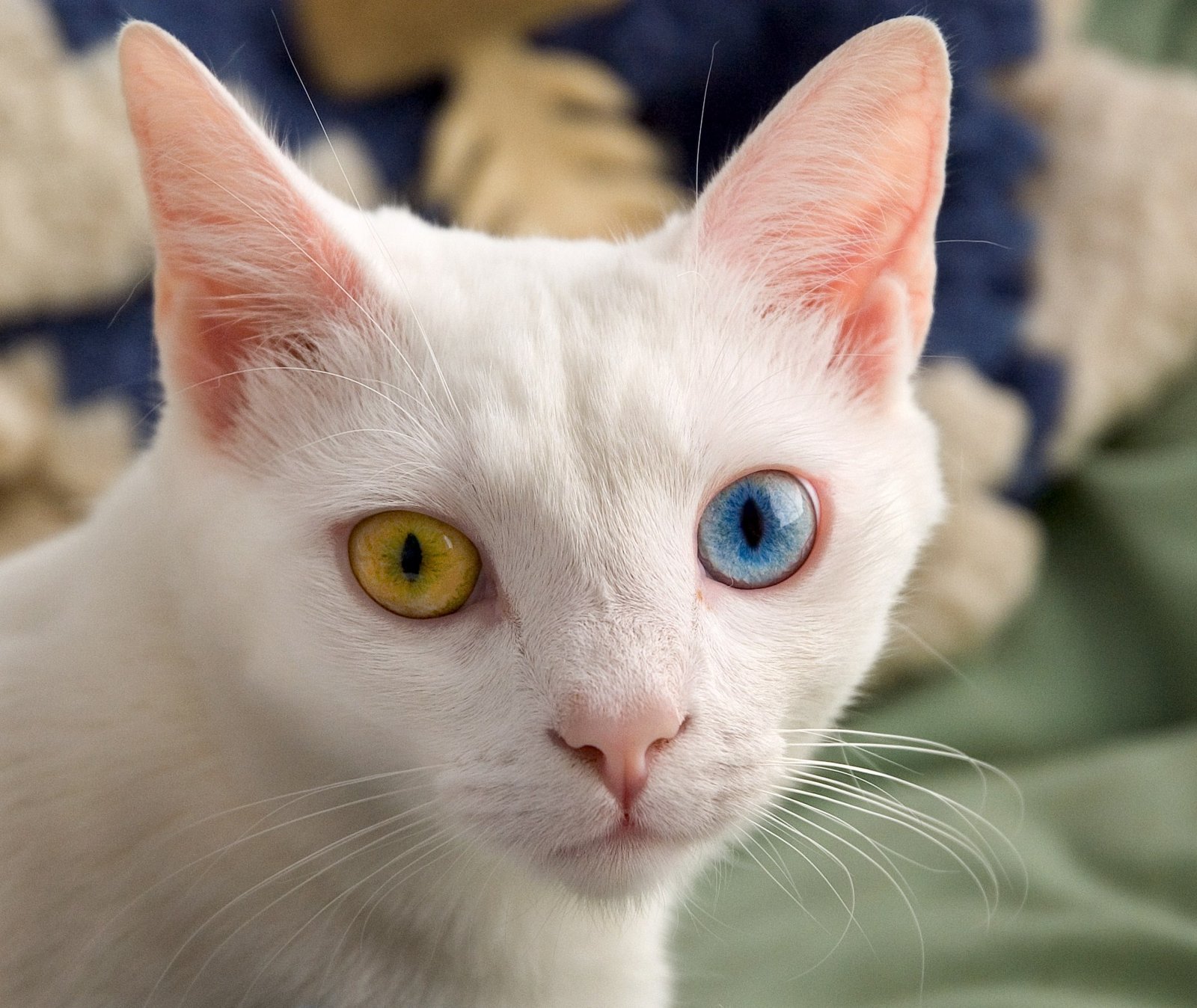
Changes in the home—a new pet, furniture rearrangement, or visitors—can make cats feel uneasy. In these moments, your cat may linger in shared spaces to observe and adjust. By staying close, they can monitor the situation while drawing comfort from your presence. This cautious approach helps them process change at their own pace. It’s a sign of trust that they choose to be near you during uncertain times, even if they don’t seek direct reassurance. Over time, as they acclimate, their behavior may shift—but their initial lingering is a testament to your bond.
Bonding Through Proximity, Not Contact
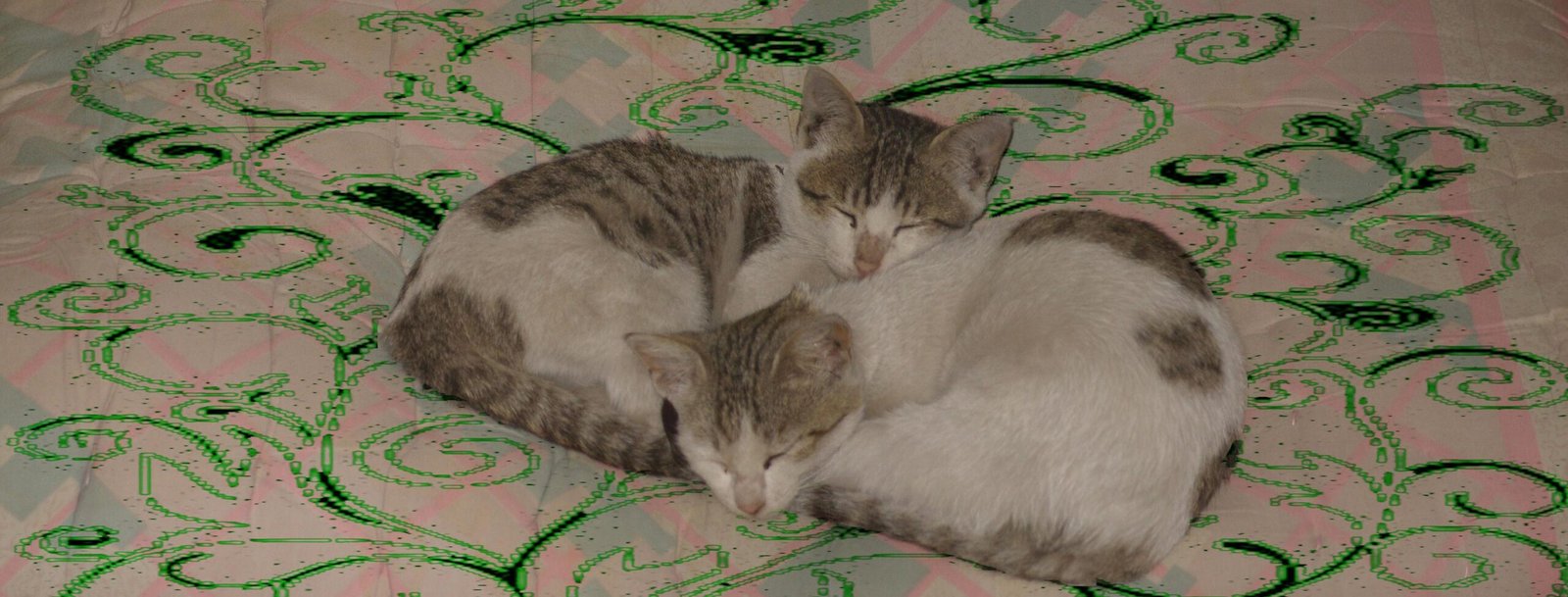
Not all cats are lap cats. Some show affection by simply being close, without physical touch. This “proximity bonding” is common among felines, reflecting their need for both independence and connection. Your cat may sit nearby, watch you, or even nap in the same room—all ways of strengthening your relationship without pressure. This gentle closeness is a sign of respect and affection, allowing both of you to share space in harmony. Over time, this kind of bonding creates a deep, lasting sense of trust and companionship.
Health and Well-being Checks
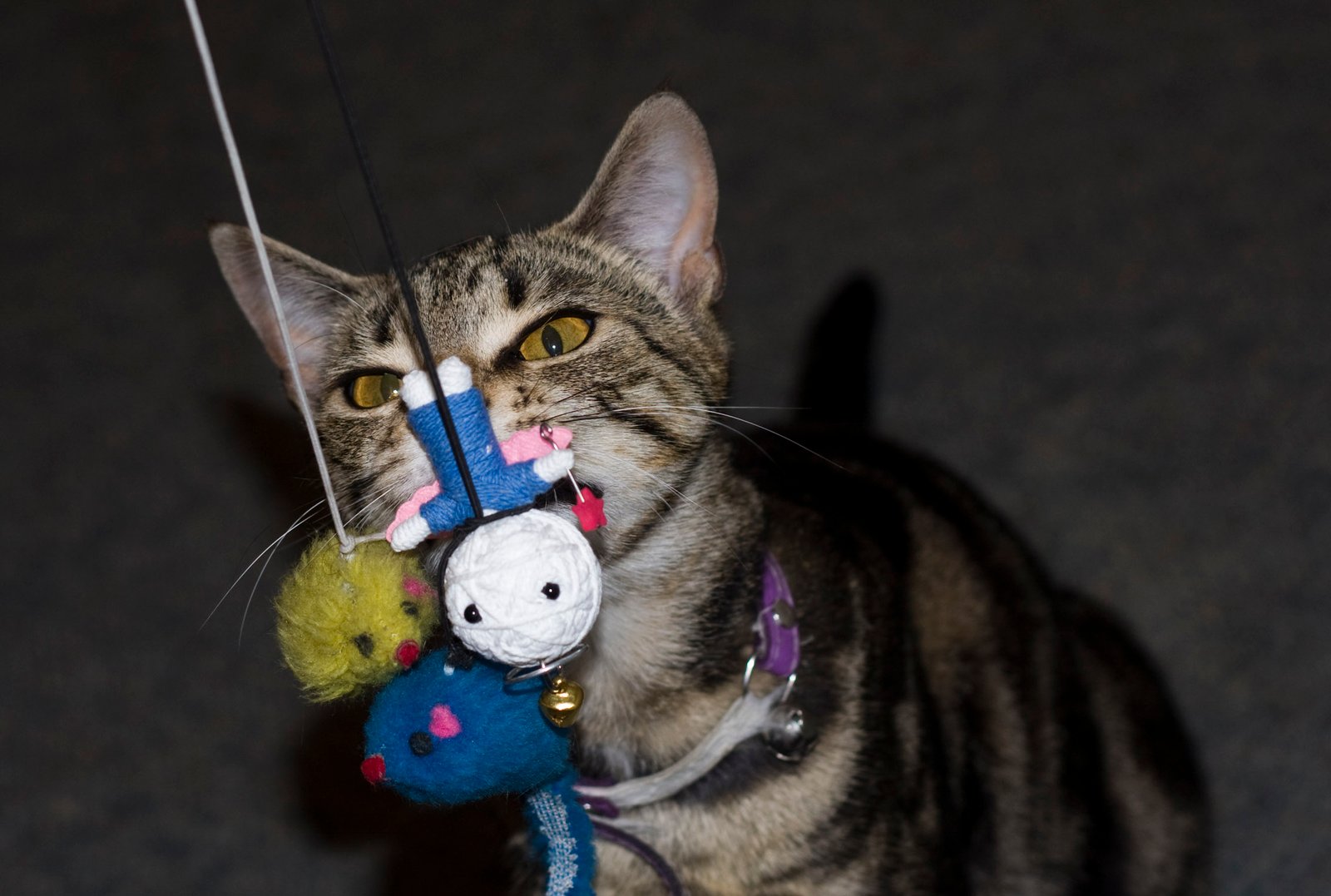
Cats are surprisingly attentive to the moods and routines of their humans. If you’re feeling under the weather or acting differently, your cat may linger close by, quietly monitoring your well-being. Their intuition is remarkable—many owners report their cats becoming more attentive during times of illness or stress. This silent support is both comforting and touching, revealing the empathetic side of felines. Your cat’s presence in the room, even without interaction, can be a gentle way of offering care and companionship when you need it most.
Social Learning and Mimicry
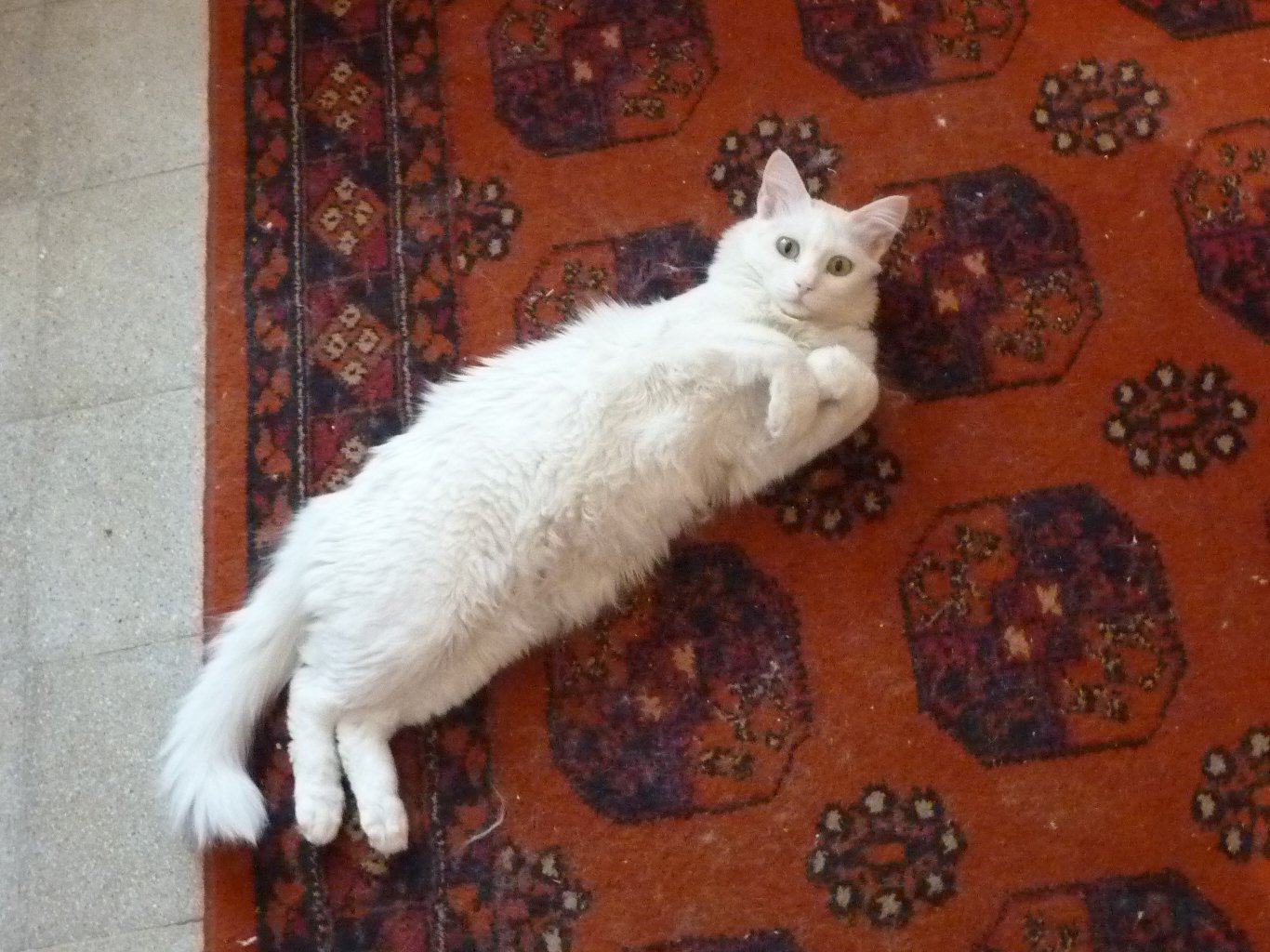
Cats are keen observers and often learn by watching. When your cat stays in the same room, they may be picking up cues from your behavior—how you move, interact, or respond to the environment. This social learning helps them adapt to household routines and expectations. Sometimes, they even mimic your activities, settling in when you relax or becoming alert when you move. This subtle mirroring is a sign of their attentiveness and desire to fit in, even if it’s not always obvious. Sharing space becomes a quiet lesson in living together.
Reducing Loneliness and Isolation

Cats, despite their reputation for independence, can feel loneliness and isolation just like people. By lingering in the same room, they stave off these feelings, seeking the comfort of your presence. This behavior is especially noticeable after time apart, such as returning home from work or a trip. Your cat’s quiet company is their way of reconnecting and reminding themselves—and you—that you’re not alone. The shared space becomes a sanctuary against loneliness, offering mutual reassurance with every silent moment.
The Mystery of Feline Independence
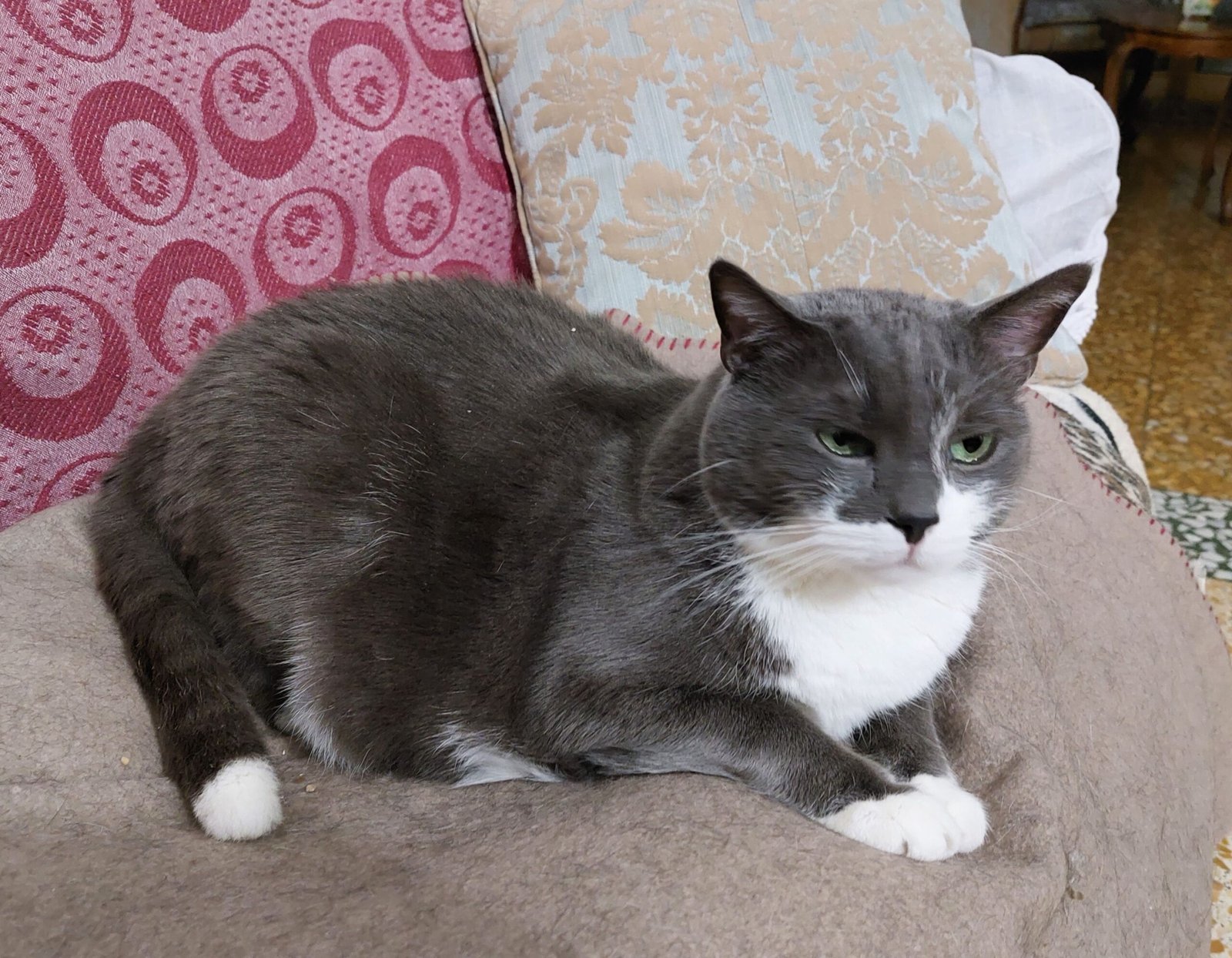
Perhaps the most fascinating aspect of this behavior is the delicate balance between independence and attachment in cats. They value their freedom, yet seek the security of your presence. Lingerers are neither clingy nor aloof—they’re simply expressing their love in a quiet, dignified way. This mysterious combination of independence and intimacy is part of what makes cats so endlessly intriguing. Every time your cat chooses to stay near you, without demanding attention, they remind us of the subtle beauty of feline companionship.
Hi, I’m Bola, a passionate writer and creative strategist with a knack for crafting compelling content that educates, inspires, and connects. Over the years, I’ve honed my skills across various writing fields, including content creation, copywriting, online course development, and video scriptwriting.
When I’m not at my desk, you’ll find me exploring new ideas, reading books, or brainstorming creative ways to solve challenges. I believe that words have the power to transform, and I’m here to help you leverage that power for success.
Thanks for stopping by, Keep coming to this website to checkout new articles form me. You’d always love it!






